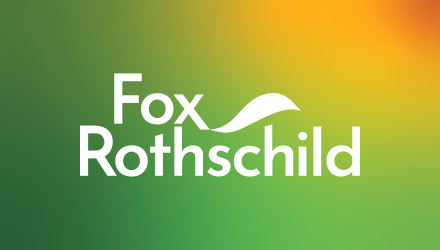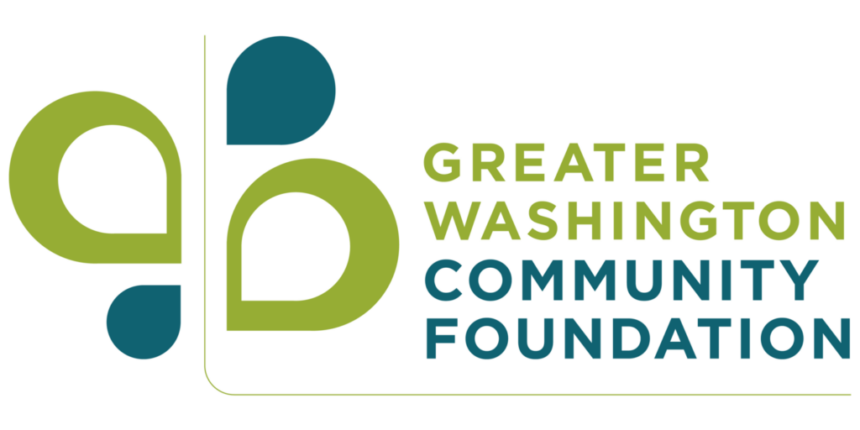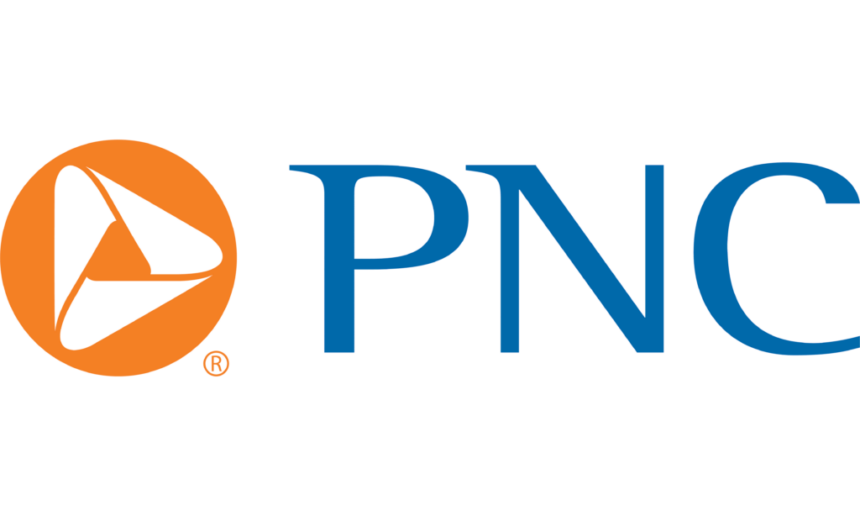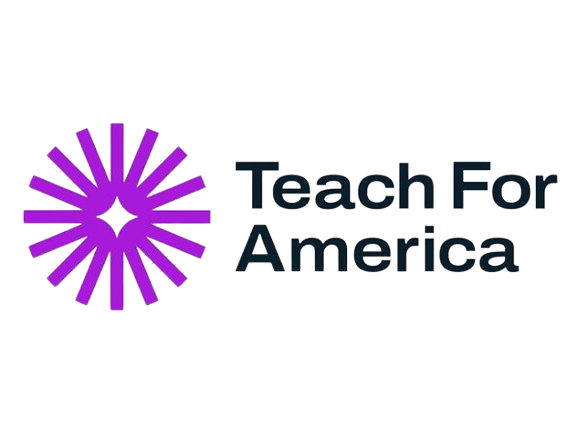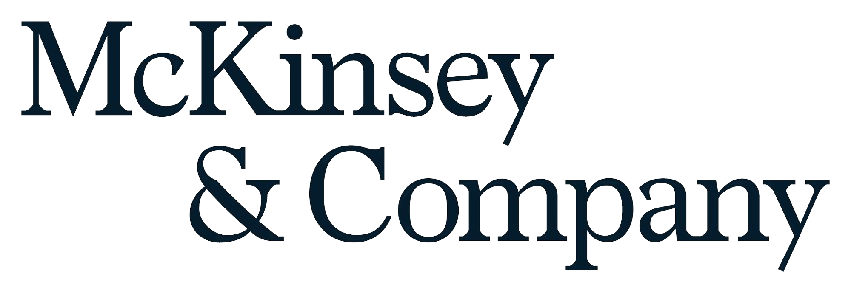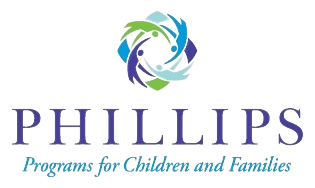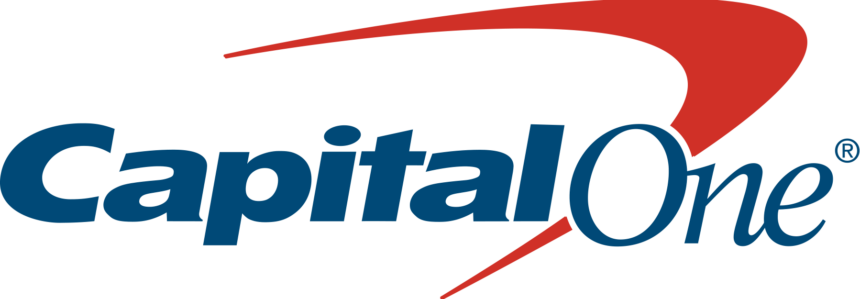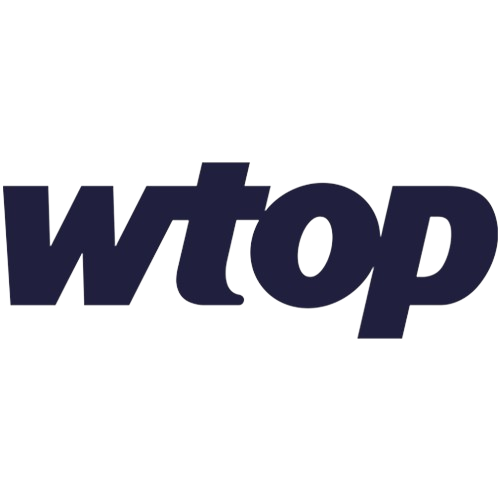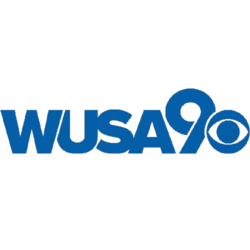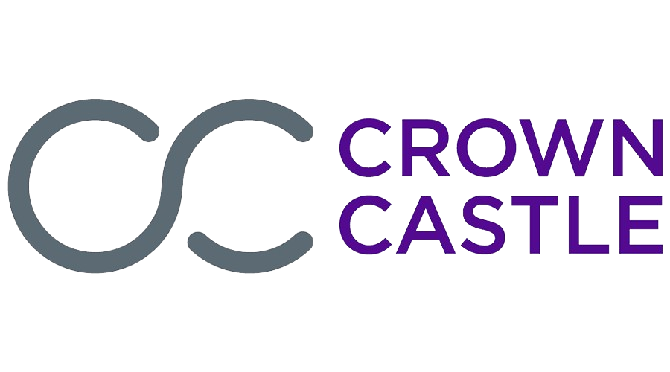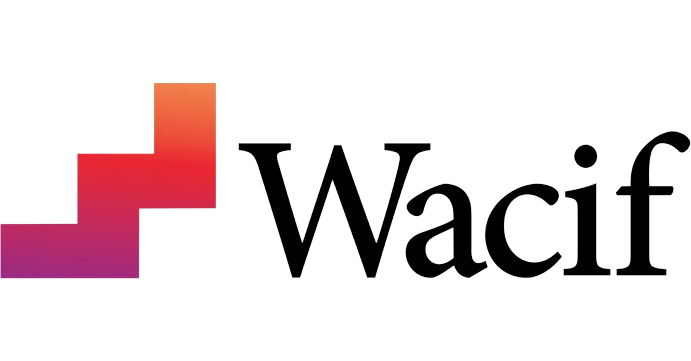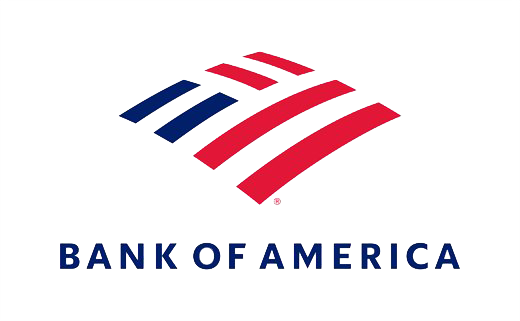Sep 25, 2020
Recordings & Summaries of the 2020 Capital Region Business Forum
The 2020 Capital Region Business Forum was held on September 18 and is the only event of the year featuring Muriel Bowser, Mayor of the District of Columbia; Larry Hogan, Governor of Maryland; and Ralph Northam, Governor of Virginia. This year, the event was held virtually and covered four important topics: COVID-19, racial justice and economic opportunity, education and workforce, and transportation. The conversation was moderated by Tony Pierce, Partner at Akin Gump.
Opening Remarks
Summary
- Mayor Bowser: The Mayor’s administration is focused on how the District will come back from the pandemic, and she is optimistic that because they were in a strong financial position going into the pandemic, they “have the building blocks to come back swift and strong.” She looks forward to working with the Board of Trade and the business community in that effort.
- Governor Hogan: The Governor reported encouraging COVID-19 health metrics and credited early and appropriate action for the state’s success, but cautioned that vigilance is needed to keep the virus at bay. Earlier this month, Maryland entered Stage 3 of its reopening plan and its unemployment rate is now at 6.9%, much better than the national average. All county schools are now authorized to begin the process of bringing some children back into schools, particularly children with special needs.
- Governor Northam: The Governor praised Governors and Mayors around the country for working together through the pandemic to secure personal protective equipment (PPE) and testing supplies. Like the Mayor, Governor Northam cited Virginia’s strong financial position and business-friendly environment going into the pandemic and said he expects a strong recovery. However, he also called out persistent racial inequity, which the pandemic has exacerbated, and called for greater action to make Virginia’s economy more inclusive. He cited expanded access to broadband internet as one initiative his administration is undertaking which can help level the playing field.
Pandemic Response & Recovery
Summary
- Governor Northam: The Governor noted that Virginia and most other jurisdictions entered the pandemic with a shortage of critical supplies such as personal protective equipment (PPE) and testing kits. He says that this situation has improved thanks to collaboration across jurisdictions, but there’s still work to do. He also called on all of us to continue wearing masks, keeping our distance, and taking other actions to slow the spread. Regarding the economy, Governor Northam said that our highly trained workforce has been a tremendous asset and stressed that being nimble and investing in training and retraining our workers, especially the unemployed, as the job market evolves will be critical for recovery.
- Governor Hogan: The Governor said that testing is critical to getting the virus under control. He explained that in the beginning, each state was competing for very limited supplies of testing materials. This situation has improved and new antigen testing, which can provide a result in as little as 15 minutes without outsourcing to a lab, is on the horizon. The Federal government was not moving forward with antigen tests so Maryland, Virginia, and other states created a compact to acquire 5 million antigen tests. Additionally, the business community can help Maryland and the region in the months ahead by following guidelines for safe operations and reopening. It is going to take everyone working together at the state, local, and federal government levels and with the private sector to innovate new ways to bring people back to work safely.
- Mayor Bowser: The Mayor pointed out that D.C. still needs funding from the federal government. The CARES Act was a good start, but “The hole created in our economy by COVID is larger than any state or local government can fill.” She called for the business community’s support to advocate for further federal funding and ensure that first responders, teachers, and municipal workers are not disrupted. Mayor Bowser also said the business community can help build consumer and worker confidence, which is important because the economy will not recover if consumers and workers do not feel comfortable participating. Lastly, the Mayor said the one thing that has made a big difference in fighting the virus is communicating frequently and candidly with residents because they are smart and tough and will respond appropriately.
Racial Justice & Economic Opportunity
Summary
- Governor Hogan: His administration has been working hard to provide grants and information to small and minority-owned businesses. Maryland paid out $2.3 billion in CARES Act funding for things like PPE production and to help small businesses with payroll. They are advocating for more federal stimulus funding to continue this assistance. He said that it is frustrating that the House and Senate and Democrats and Republicans have struggled to reach a deal. He cited a bipartisan effort he is a part of and said he would continue pushing.
- Governor Northam: Governor Northam explained that minority communities have been hardest hit by the pandemic. His administration has a Diversity and Inclusion Officer who has helped make sure their interventions reach all communities. Citing that over 90% of our economy is made up of small businesses, Governor Northam touted the Rebuild Virginia program, which has offered $50 million in grants and assistance to small businesses. He wants small business to know that the Commonwealth has resources to use and “we are here to help.”
- Mayor Bowser: The Mayor said, “Business communities are recognizing that their customers demand their participation in this national conversation on racial justice.” She applauded companies that are reaching out to local governments on training, internship, and apprenticeship programs to drive up minority participation in the workforce. She said many are also focused on improving minority participation in company leadership. However, she also said that we have persistent problems to deal with, such as the racial wealth gap and access to affordable housing. The federal programs have been helpful but she noted that PPP loans went out to minority-owned businesses more slowly than to others and she speculates that’s because majority-owned businesses have more longstanding relationships with financial institutions disbursing the loans. She pointed out opportunities for local governments and businesses to work together to make a long-lasting impact on racial equity, arguing that local governments can provide data and incentives and businesses can drive innovative ideas.
Education & Workforce
- Governor Northam: The Governor again highlighted the region’s top-notch workforce as its major strength. He said that Virginia has a commission for STEM-field training and education and is also invested in improving early childhood education. He explained that there is a tremendous learning potential in children before they even reach kindergarten. He described looking across the whole education spectrum, from early childhood education through K-12 and including colleges and universities, to build the talent pipeline needed for all the jobs being developed in Virginia.
- Governor Hogan: Governor Hogan agreed with Governor Northam that our highly educated workforce is our greatest asset. He pointed out that the pandemic has been especially difficult on kids who can no longer go to school. Closing schools was a very tough decision but was necessary for safety, but now they are balancing those concerns with the need to prevent kids from falling behind. Now, school systems in Maryland are authorized to explore a hybrid model that brings some children back to school grounds, prioritizing special-needs kids who need face-to-face instruction the most. Seventeen of 24 jurisdictions have such plans. To reach other kids who will stay home, Maryland has used much of the CARES Act funding to provide Chromebooks and broadband internet to children who needed them.
- Mayor Bowser: The Mayor said that children in the District are learning remotely with hopes to bring some back in a hybrid model by November 9. She said that bringing kids back to school has been a priority for her administration. Related to company talent, she first shared her belief that there is no replacement for on-site work, so she expects that offices will eventually reopen. People come to this region because of the jobs on offer, but also because they want to live in a world-class city and take part in its culture. She encourages the business community to leverage that when recruiting and attracting talent.
Transportation
- Governor Hogan: The Governor reminded the audience that in 2018 DC, MD, and VA reached an agreement to provide dedicated funding for Metro, but the federal government refused to participate, despite relying heavily on Metro to move its workforce. The agreement was a milestone but now each of their jurisdictions are threatened by a budget shortfall due to the pandemic. He is going to continue pressing the federal government for assistance. He also pointed out that the Capital Beltway Accord, a project with VA, will move forward because it is privately funded.
- Governor Northam: The Governor said that Virginia has about $6 billion set aside for transportation infrastructure, which has been able to move forward and has benefited from having fewer drivers on the road during the pandemic. He explained that VA raised the gas tax to help pay for transportation projects but he warned that a gas tax will not be enough and called on the private sector to help come up with new ideas.
- Mayor Bowser: Mayor Bowser agreed with Governor Hogan’s call for more federal support for transit and noted that this is a national, not just a regional, problem. She said that the Long Bridge agreement with VA was a milestone and also said that improvements to Union Station are also important. She said that the 11th street bridge is another important project to residents of DC and Maryland. But beyond big infrastructure projects, her administration is looking at how to keep traffic low in the District even after offices start reopening. They are exploring more bus-only and bike lanes.
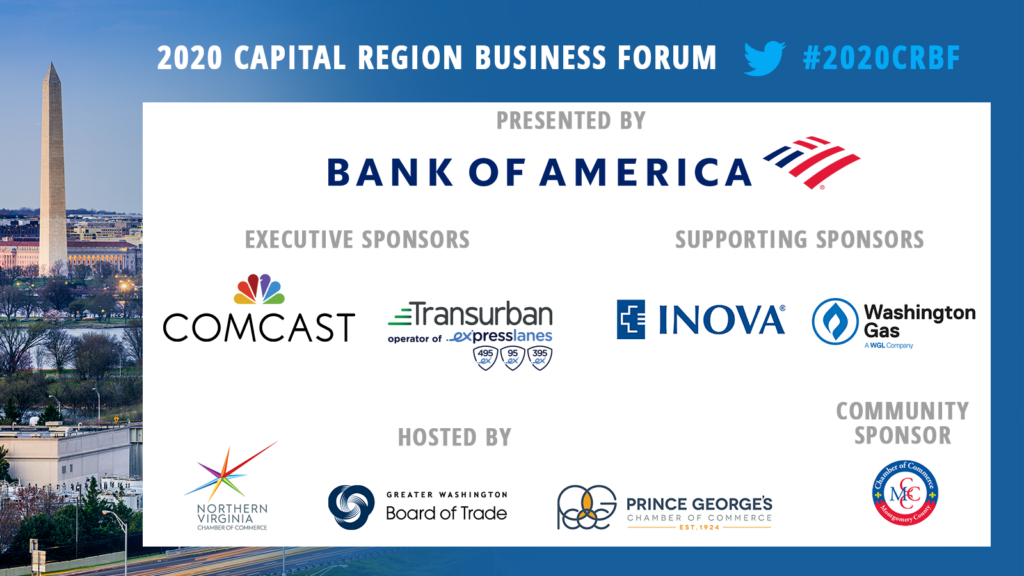
Become a member today
We need your voice at the table to make Greater Washington a place where everyone can succeed


